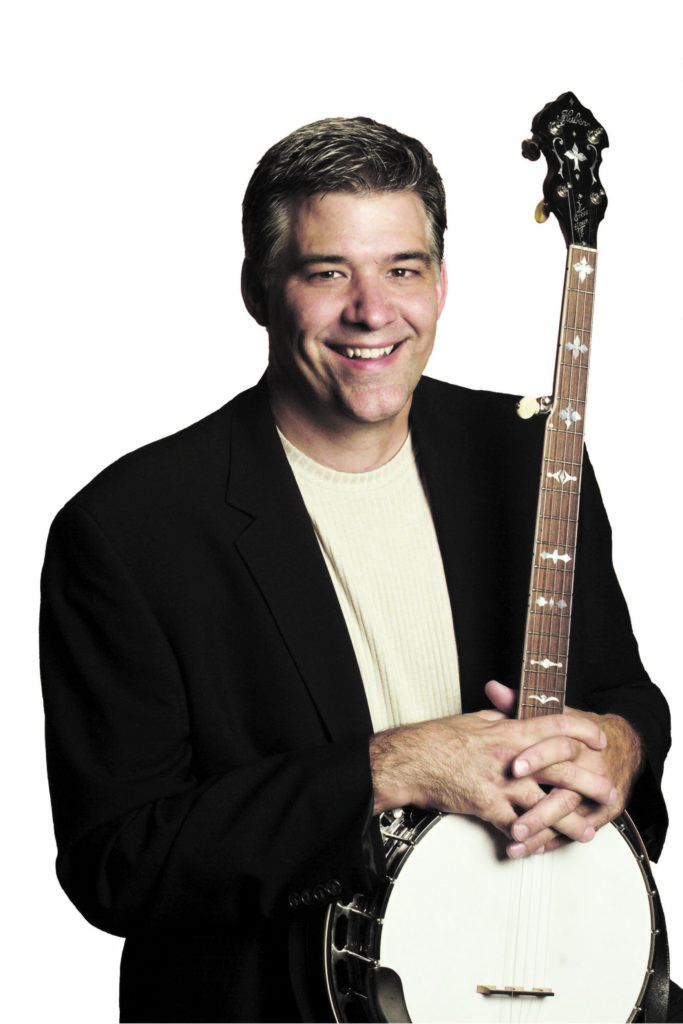
The story of Huber Banjos is essentially the story of Steve Huber, who developed a passion for bluegrass music and playing the five string banjo as a teenager.
Any telling of the history of bluegrass music will surely include what can only be called a series of fortunate coincidences. What might our music be like had Bill Monroe not hired Lester Flatt and Earl Scruggs in an early edition of his band – or had they not left to form their own group?
In a similar vein, it is hard to imagine bluegrass without the classic instruments in use at its inception. Pickers have long discussed how the music might have fared without Lloyd Loar’s design innovations for the banjo and mandolin, or absent the C.F. Martin dreadnaught guitar.
Just as a study of the music begins with the artists who created it, any attempt to recreate the sound of those vintage instruments must begin with a detailed analysis of their design and construction. It was Steve Huber’s fascination with pre war banjos, a strong sense of curiosity, and his training as a mechanical engineer that put him on the path to develop his Huber Vintage Flathead tone ring, and eventually, launch his own line of Huber Banjos.
Huber has been widely recognized as a professional caliber banjo picker since the time he was in college, and spent time touring with The Paisleys and Paul Adkins before moving to Nashville to work in George Gruhn’s repair shop. Before long, Steve was deep into studying the older flathead banjos, especially those made prior to 1942, to develop an understanding of what made them so much richer and more responsive than newer instruments. His first quest was to find the alloy used for those tone rings, figuring that any new banjo that sought to deliver the “prewar flathead sound” would need a tone ring that was not only identical in specifications and dimensions, but also in alloy composition.
After pouring several hundred pounds of metal, he was able to replicate the formula, and his Huber tone ring was an immediate hit with serious banjo players, collectors, and pickers interested in converting arch top and non-tone ring banjos for bluegrass use. At the time, he was turning and plating each ring himself in a back yard shop, while also working a full-time job.
Once Huber was convinced that he was consistently turning out a prewar replica tone ring, his attention turned to building banjos. In much the same manner as he had researched tone rings, he studied every aspect of these vintage flathead banjos to find out how either the component makeup or the manner of assembly differed from current standards.
After making a few prototypes, and seeing them warmly received, he made the leap of faith, quit his job, and opened a shop to build the banjos and tone rings. His first Huber Banjos were introduced in 2000, and eager customers – and top professional players – were soon queued up to get one. Sammy Shelor of Lonesome River Band was an early endorser, followed soon by Jim Mills (Ricky Skaggs), Cia Cherryholmes (Cherryholmes), Greg Cahill (Special Consensus), Ron Block (Alison Krauss and Union Station), Barry Abernathy (Mountain Heart) and Jason Burleson (Blue Highway). Shelor and Block have their own signature Huber models.
The immediate popularity of these banjos soon introduced a frustrating dilemma. Orders were coming in faster and faster, and delivery times were being pushed further and further back. Before long, delivery times were stretching to 8-10 months and Steve knew that something had to be done.
Through this whole period, Huber had continued to work as a professional banjo player, touring on weekends with The Kenny & Amanda Smith Band, and running his shop during the week. With the birth of his daughter, Katie, in June of ‘05, Steve realized that despite the enjoyment and personal satisfaction he derived from performing, the needs of his growing family and banjo business required his full attention.
Today, 16 years and over 1600 banjos later, the Huber banjo is considered by many as the cream of the crop.
